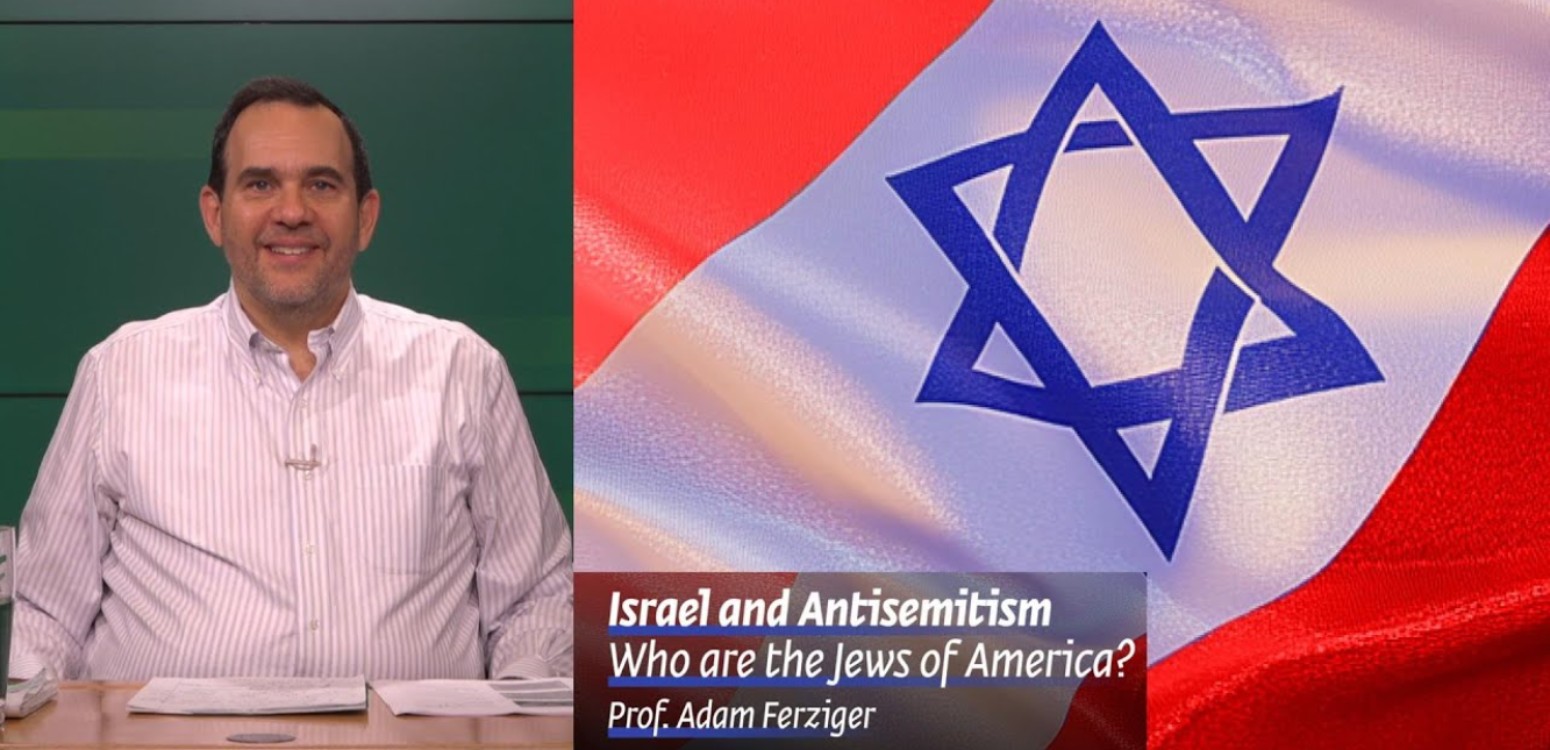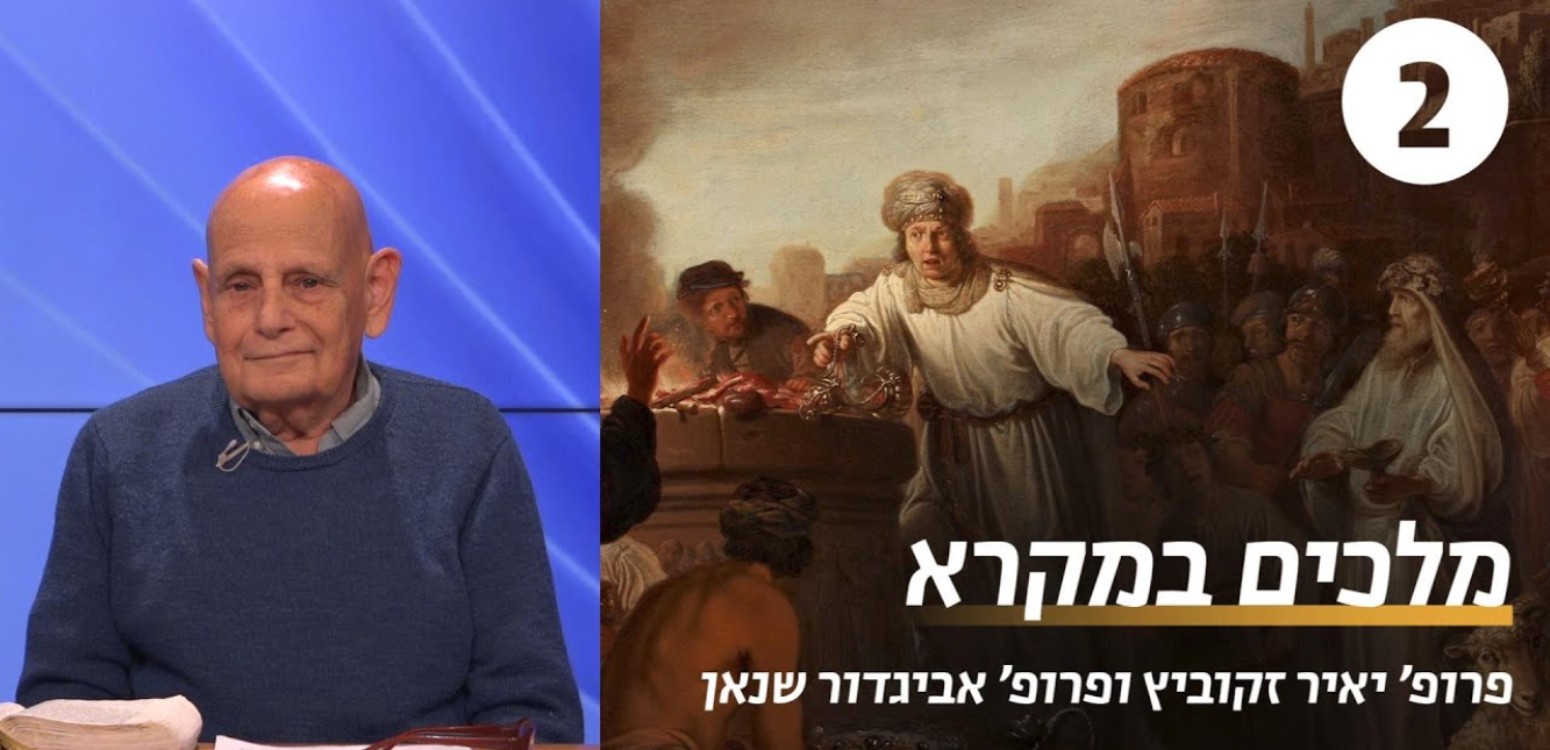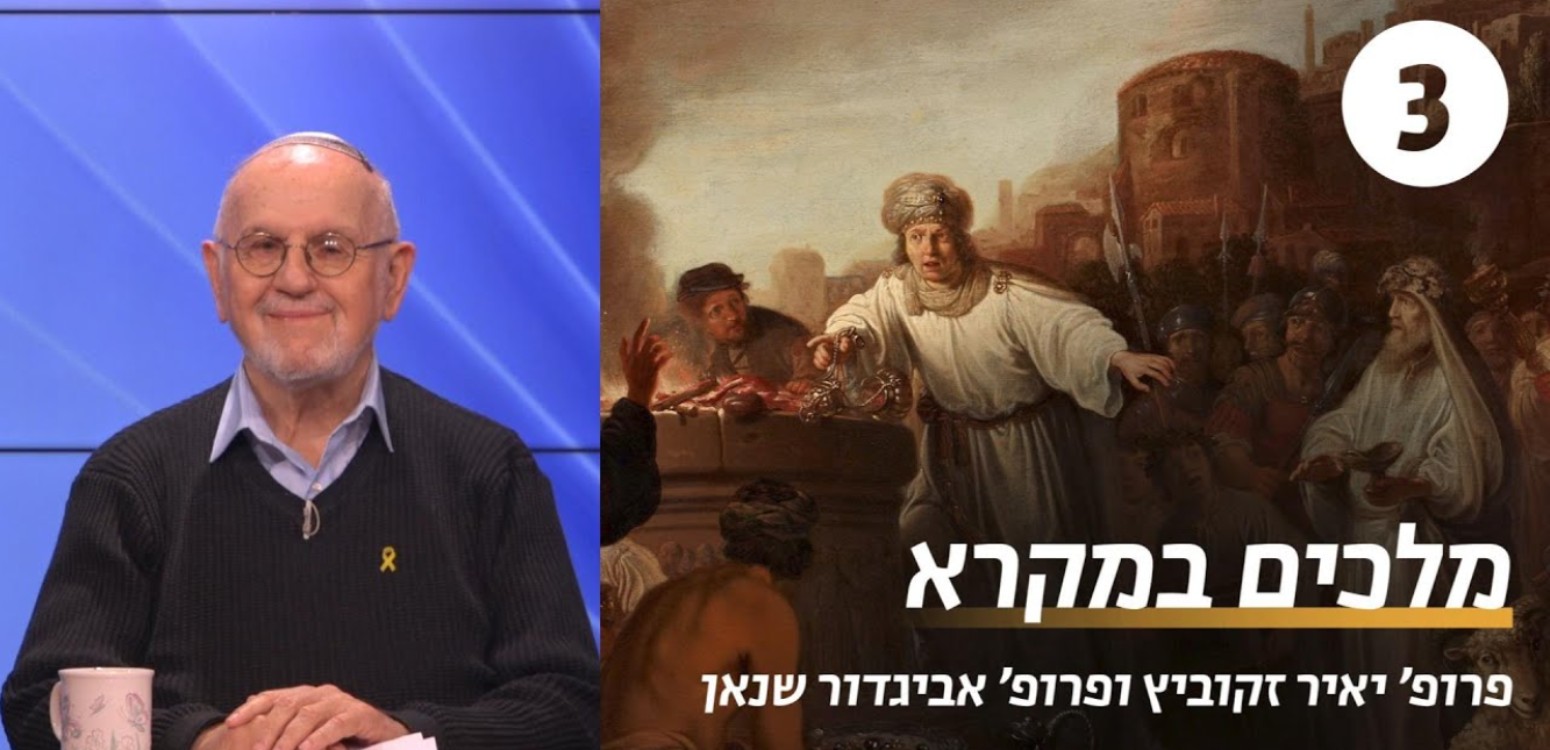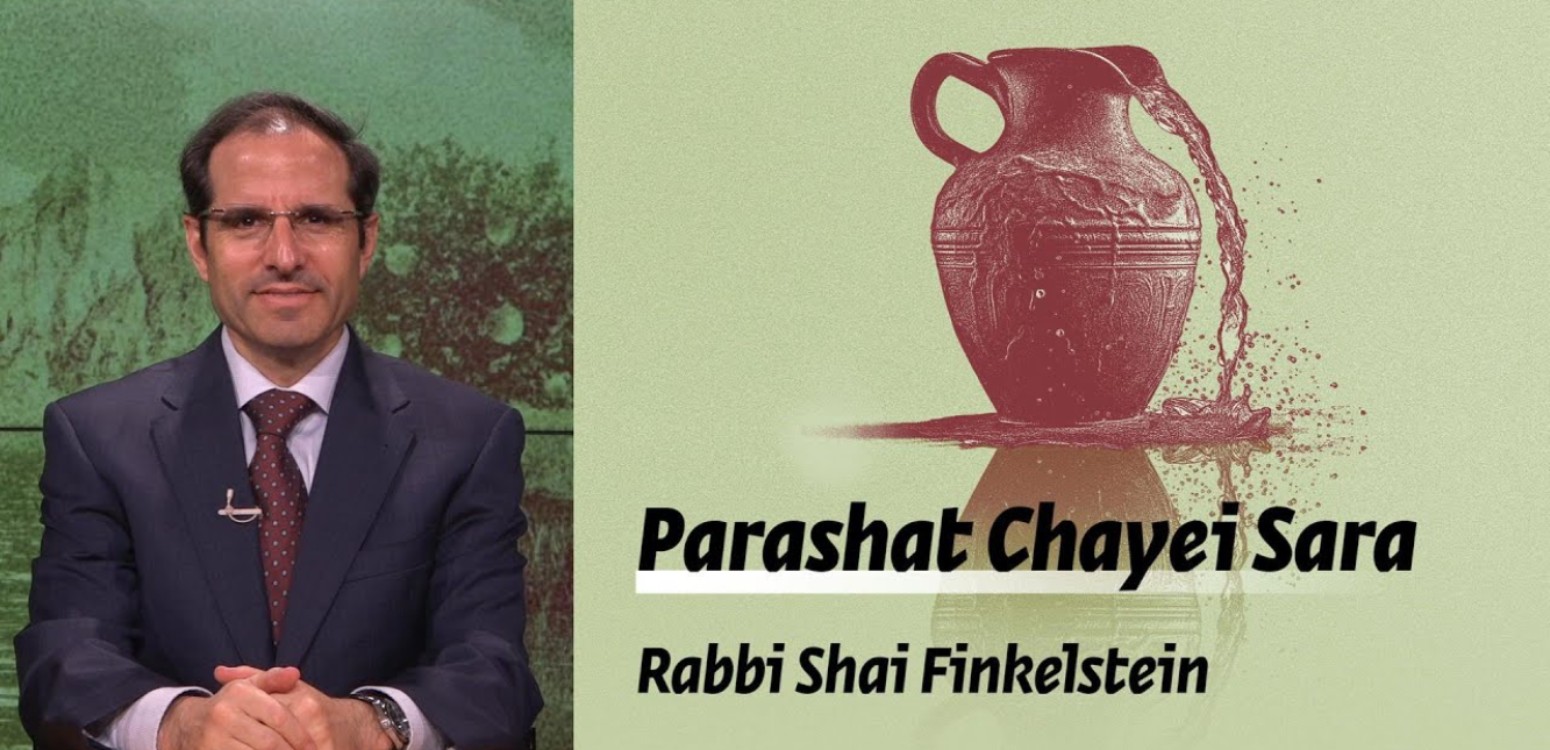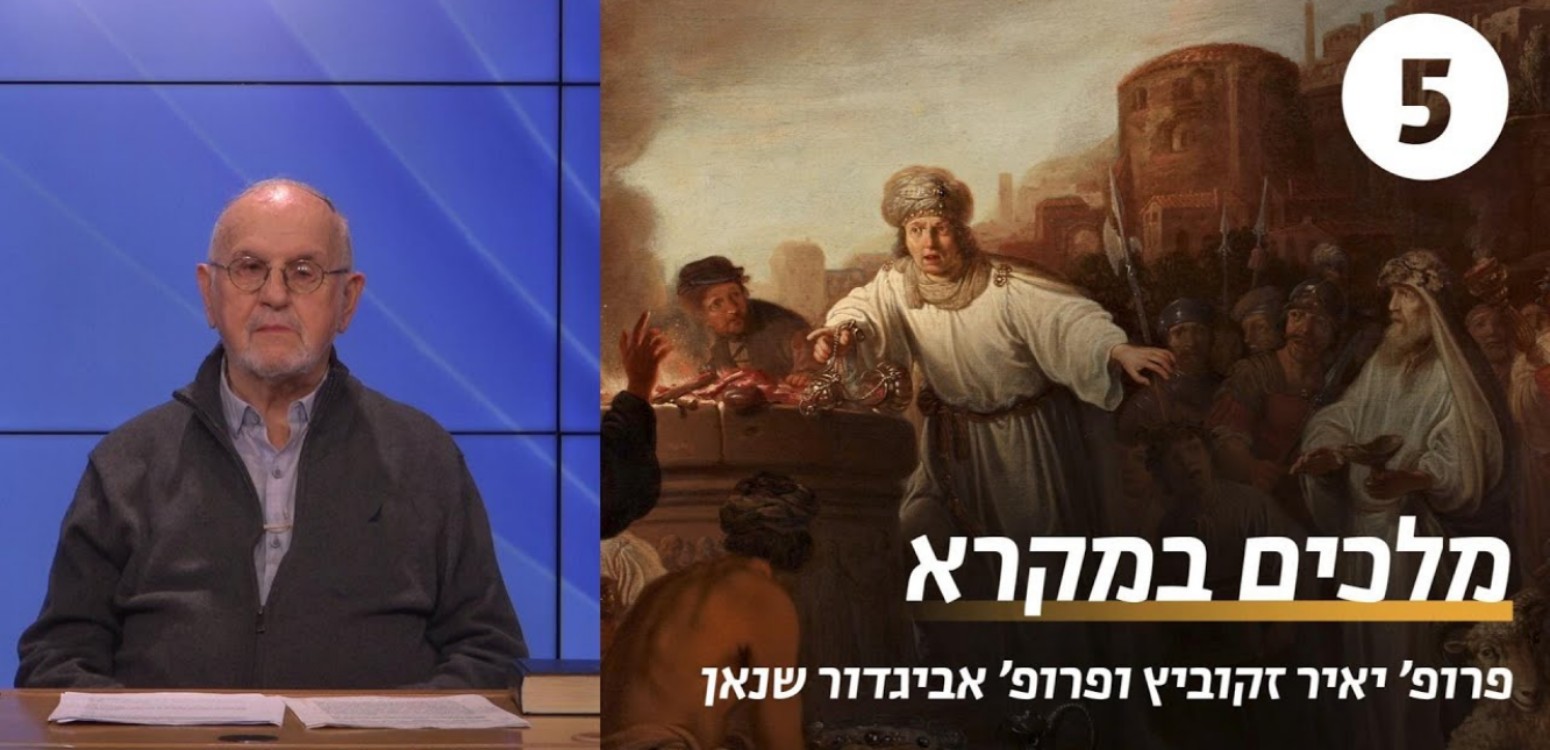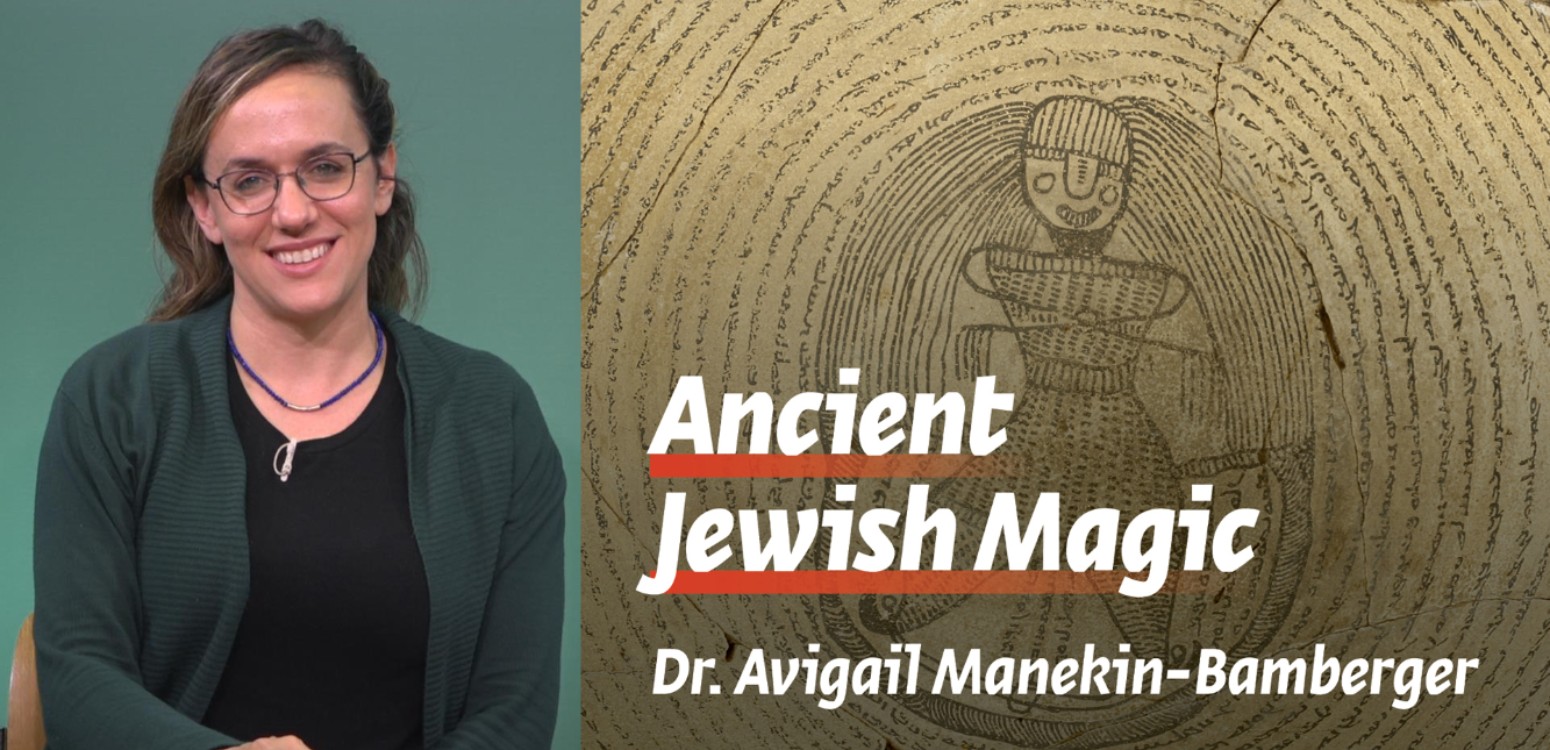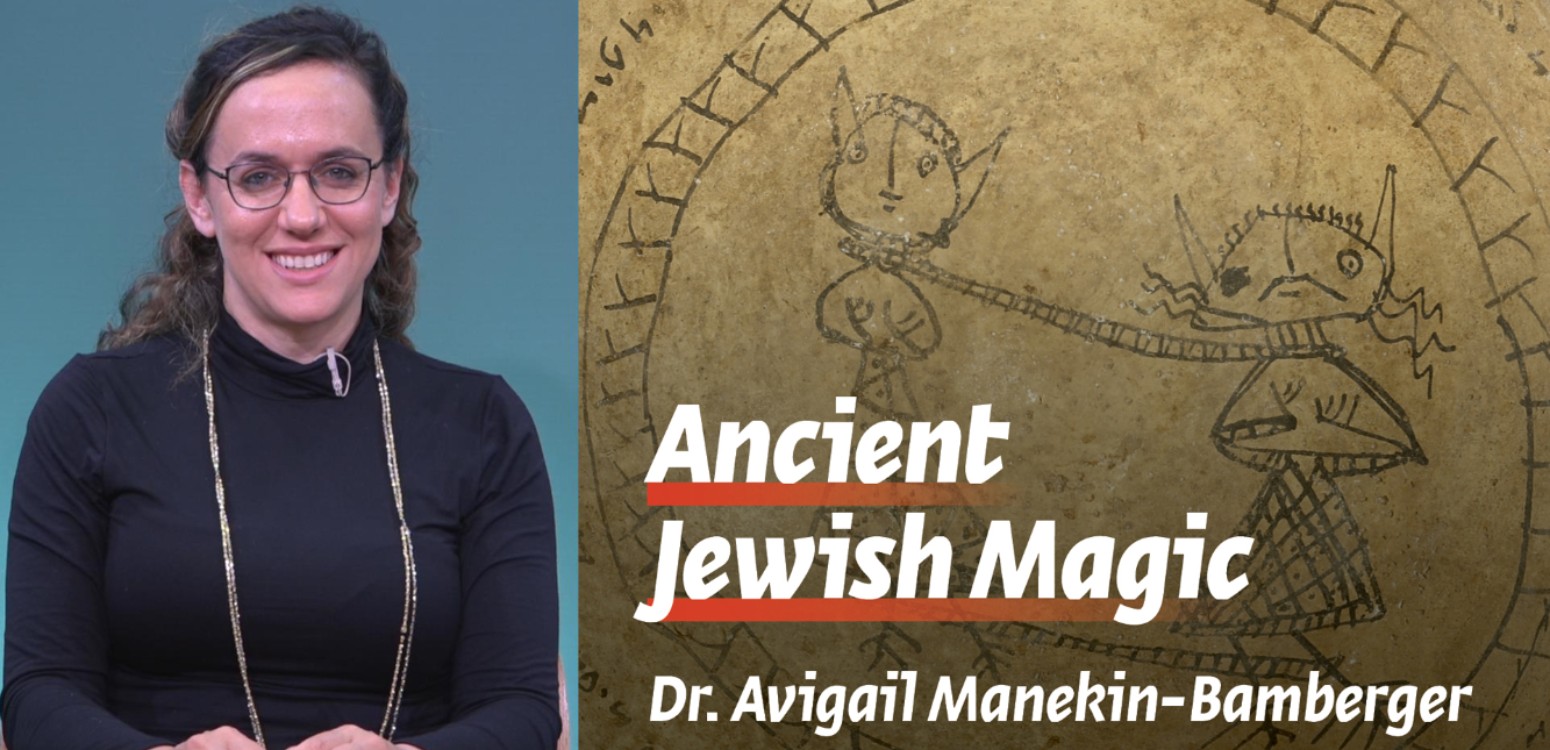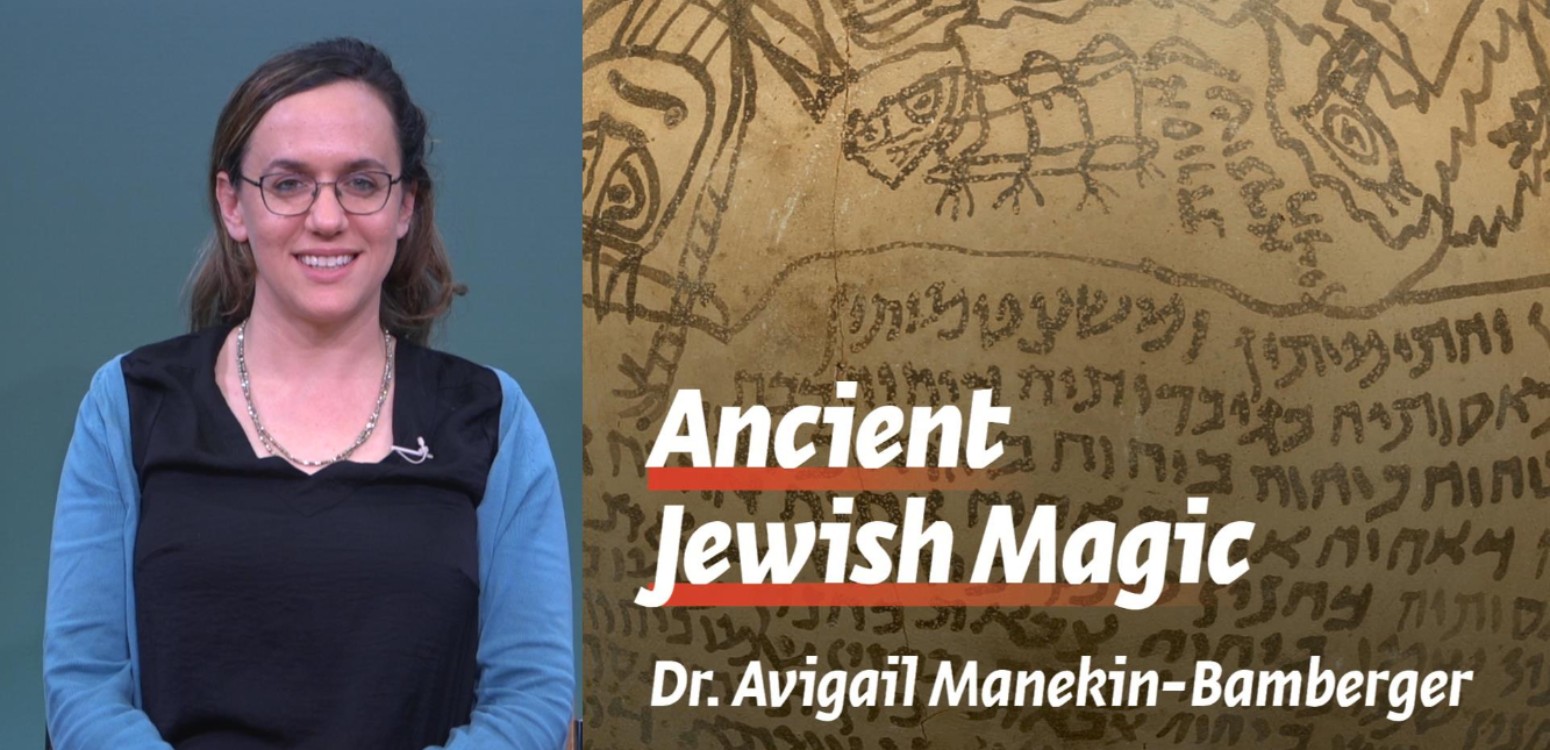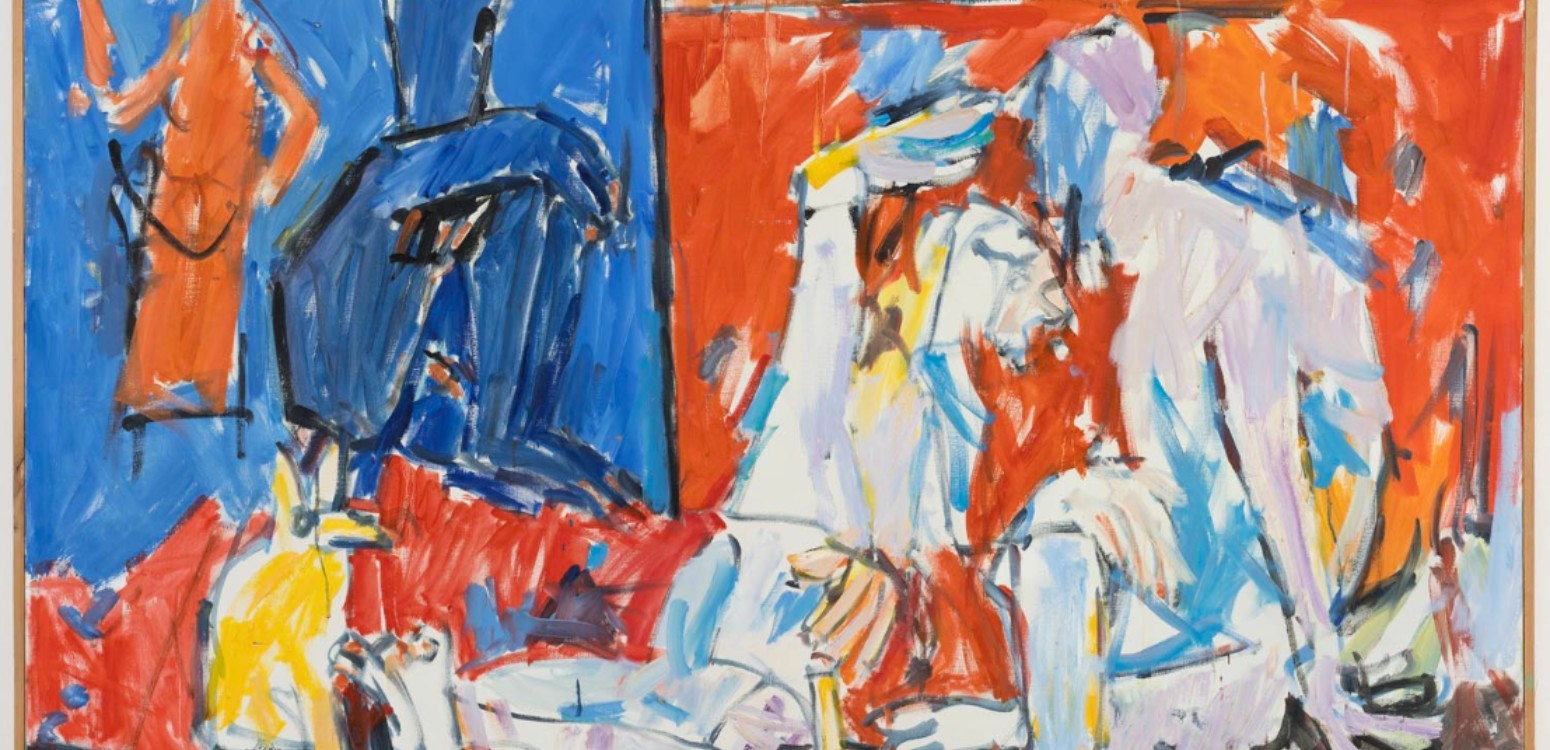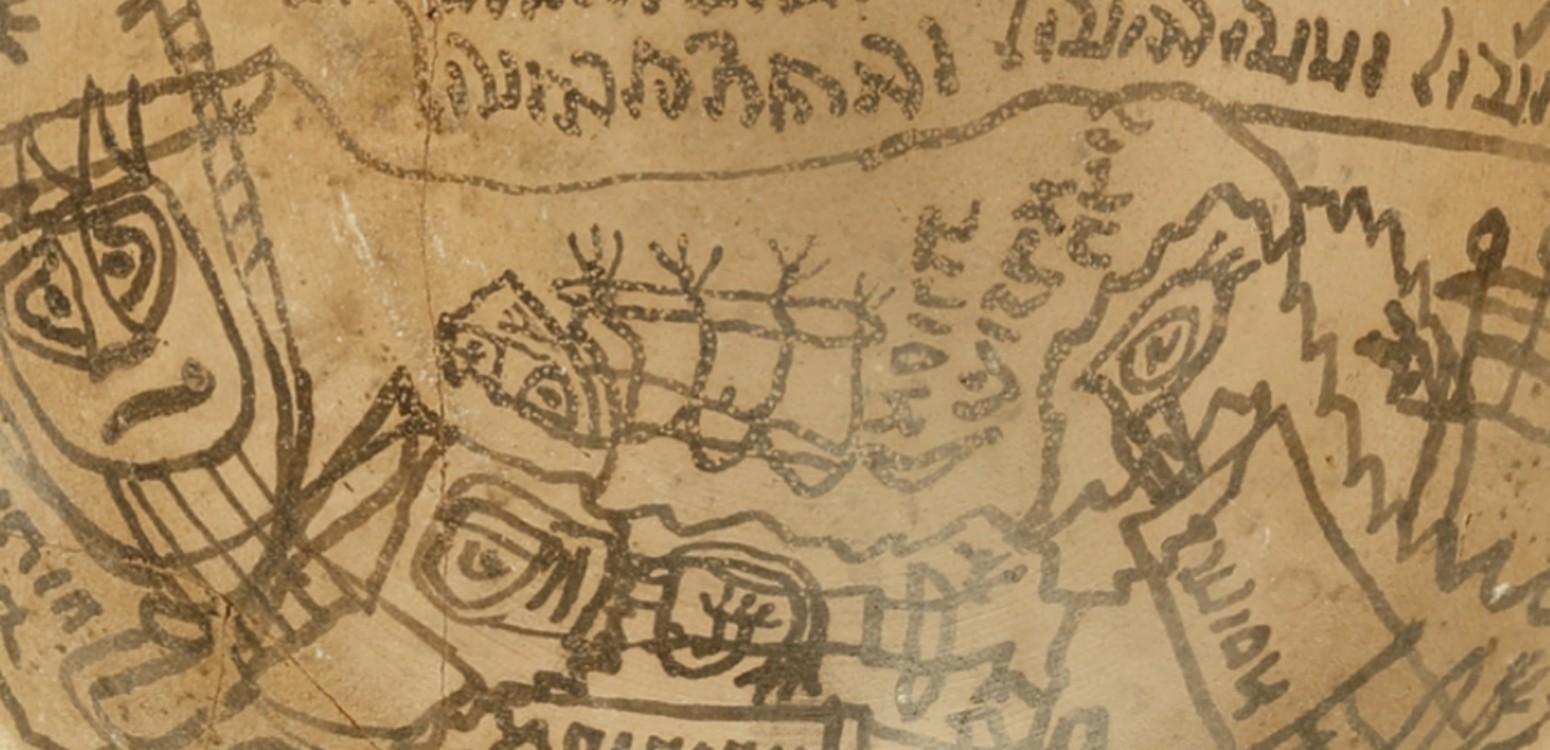
In English | Sunday | March 12 | 8pm (2pm EDT) | CLICK HERE TO REGISTER >>
While the Torah explicitly prohibits different kinds of sorcery (Deuteronomy 18:9-11) rabbinic literature teaches that many magical practices were permitted and widely practiced, even by the rabbis themselves. Our opening session focuses on the rabbinic definition of witchcraft and its distinction from other legitimate magical practices –and explores gender aspects of witches and witchcraft as found in rabbinic narratives
Across the ancient world people sought a variety of means of protection from the hardships of their daily lives. Turning to magic to secure love, health, livelihood, and safety was common. Jews, in their resort to amulets, spells and various magical practices, were no different from their non-Jewish neighbors. In the last few decades, as more texts and artifacts have been discovered, scholars have recognized the central role that magic played in the ancient Jewish world more broadly.
This series focuses on ancient Jewish magical practices found in rabbinic literature and in archeological artifacts, including the differences between the forbidden witchcraft (kishuf) and the legitimate magical practices intended to combat demons and disease. The series highlights the importance of studying rabbinic texts and contemporary magical compositions in light of one another and demonstrates that the world views of ancient Jewish magical practitioners and rabbis were not as distinct as previously believed.
עוד בבית אבי חי
